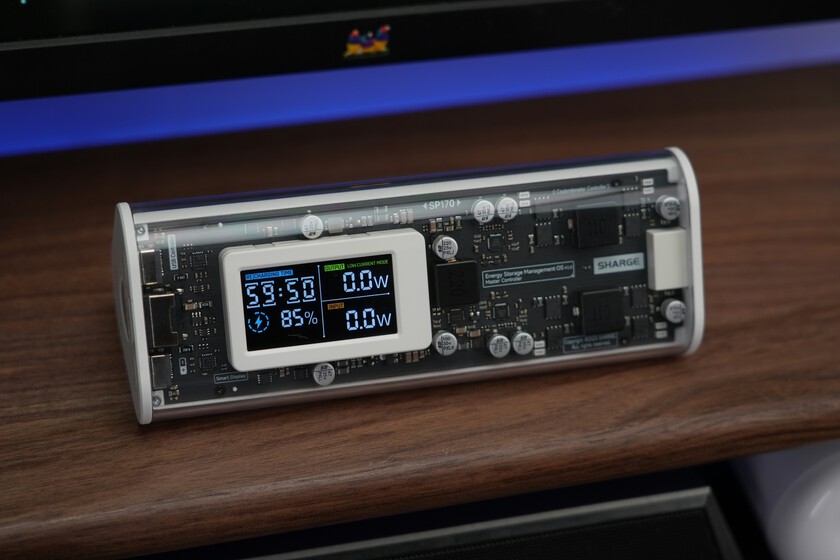In January of this year, the Catalan agència of L’Aigua updated its data on areas vulnerable to excess nitrates of agroganadera origin. The figures are a jug of cold water (and very polluted): 49.2% of Catalan municipalities have contamination levels by nitrogen compounds above the legal. That is, 39.9% of the surface of Catalonia.
It is a huge problem that does not stop growing, but that the rains of these weeks can end up making invisible. And, at a time when the Government began to be forced to take action, postponing them would be a difficult mistake.
Doesn’t it stop growing? As Antonio Cerrillo explained, in 1998 “the percentage of municipalities cataloged with vulnerable area was 21.5%of the total; in 2004, the figure rose to 33.7%; in 2009 it reached 44.2%; in 2015 it was 44.5%.”
It is true that some municipalities (three: Blanes, Cubells and Tavertet) have left the list because they have allowed the indicators; But, on the other hand, eight (Corbera d’Ebre, Gavet de la Conca, Jorba, Marçà, Pla de Santa Maria, Perelló, Ponts and Sant Sadurní d’Alcoia have entered). According to the Generalitat, the trend was stable, but “with a slight increase in nitrate pollution in certain areas.”
Now the indicators will improve. There is no doubt about that. Above all, because a part of the problem was related to drought. The mechanism is simple: agribusiness contamination filters to the subsoil and there meets the huge aquifer system of the country. If there is a lot of water, those nitrates are diluted and the legal limits are not overcome.
If there is not, the alarms jump.
Right now, the reserves of Catalonia are 76.46%, those in Barcelona are at 78.83%and those of Girona (the lowest) to 47.28%. Right now, while I write this, aquifers throughout the country are filling with water and, by pure logic, the situation will improve.
However, the rest of the problems persist (or increase). Above all, because we have to keep in mind that these nitrates, those slurries do not appear alone: they are the result of hyperintensive models of agroganade exploitation. Models that base their profitability on not having to put their negative externalities in the results account.
And it is not a strictly Catalan problem (although it is true that it affects especially): according to the citizen network of nitrate measurement, Almost 60% of Spanish underground waters are contaminated by nitrates and growing.
The matter is such a caliber that also reaches reservoirs and evidences the country’s disastrous water management. In summer 2013, 161 municipalities in Castilla y León discovered that they had been drinking contaminated water for years without knowing it. It is just an example of the rosary of problems that we have been seeing.
All reflect and, above all, take action. Antonio Cerrillo said, that the Generalitat “prepares an order to review the areas of the territory with groundwater contaminated by nitrates from livestock slides.” But the truth is that we always go with the foot changed.
A good example was that of the “Royal Decree that establishes rules for sustainable nutrition in agrarian soils” that was approved more than three years late. The same three years that took the “European Directive regarding the quality of the waters for human consumption”. It is our way of doing things.
As we said days ago, March rains have given us a historical opportunity to save the country’s aquifers. But it will also give a victory (Pírica, but victory after all) to those who manage the problem they can use to leave us in the worst situation of the one we have. It is not the first time that happens.
Imagen | Copernicus | Scott Goodwill
In WorldOfSoftware | Spain has been overexpling its aquifers. March rains have given us the historical opportunity to save them











